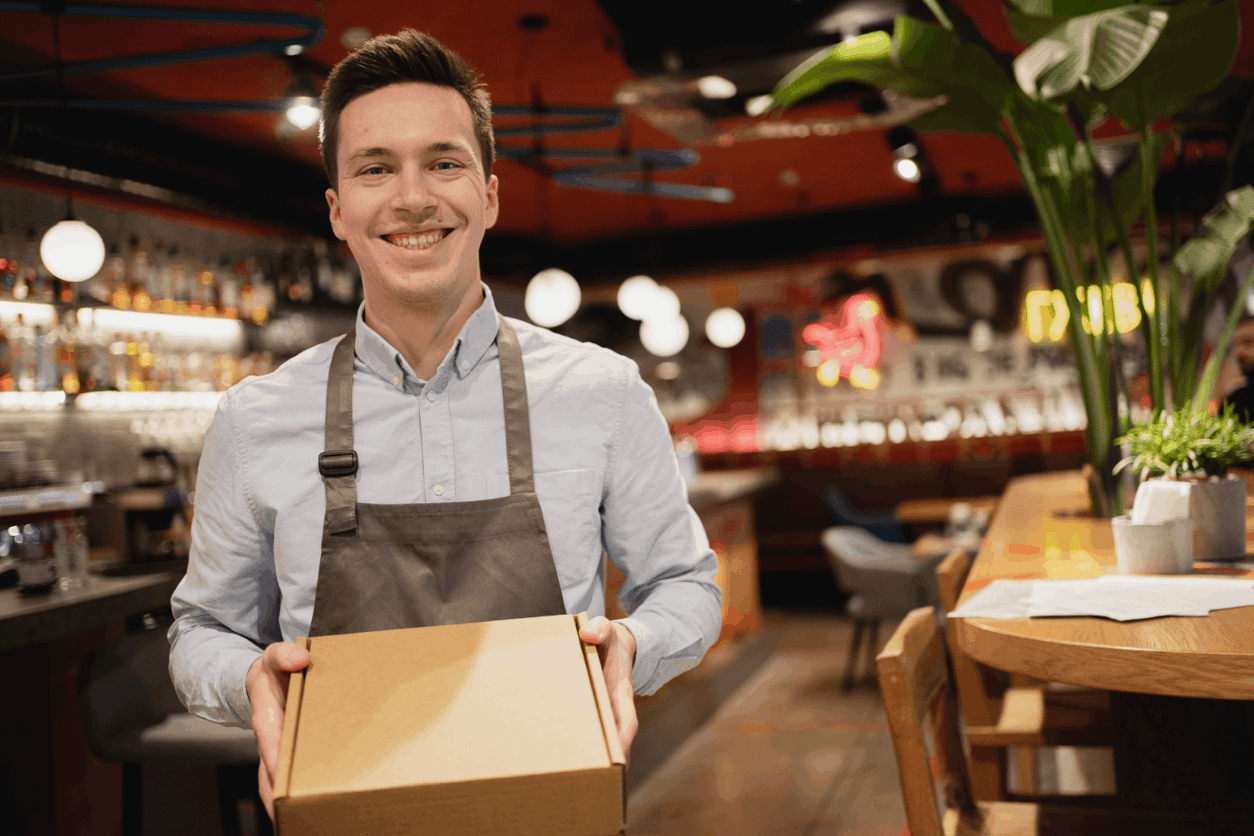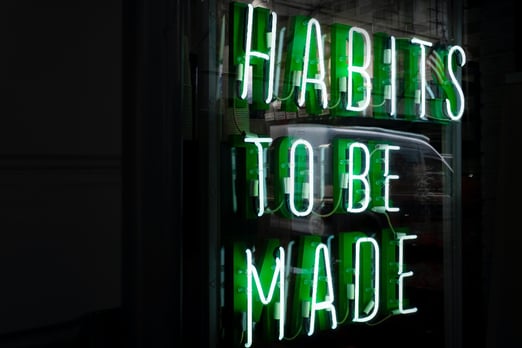Customer loyalty
Creating a Loyalty Programme: 6 Takeaways for the Casual Dining Sector
17 January 2023 • 3 min read

Customer loyalty. Joel Robinson, Digital & Technology Director at Azzurri Group called it “the mystique of the unattainable”. So how do you attain the unattainable? To find out, we brought together representatives from across the UK’s QSR (Quick Service Restaurant) sector to discuss the key ingredients to an effective loyalty programme.
Among those joining the round table discussion were representatives from Starbucks, Pizza Express, Wagamama, Gail’s, SSP Group (which operates 2,800+ food concessions across the UK’s airports and railway stations) and Azzurri Group, operator of Zizzi, ASK Italian and Coco di Mama.
These were the key takeaways from the discussion.
1. Get clarity over the ROI and reward frequency/touchpoint
Stiff competition in the loyalty space (and a finite amount of money to spend on competing priorities) means that it’s crucial to get the loyalty scheme right from a strategic and tactical perspective. That starts with having a clear return on investment (ROI) in mind and being able to demonstrate the incremental value delivered by the scheme (that is, understanding clearly how (and how much) the loyalty programme is delivering).
There are, for example, only so many times a customer will come to your store/restaurant, no matter how many loyalty incentives you offer – Pizza Express puts the ‘gold’ standard at 11 visits per year and rewards visit frequency to encourage more diners towards this number. Other QSR brands adopt a different focus, such as encouraging increased spend.
At what touchpoints will you choose to reward the customer? What actions will you reward? And how much reward is too little or too much?
When putting together loyalty programmes, most brands pursue two goals:
- Drive brand loyalty
- Increase frequency of interaction with customers, giving brands greater control over the customer relationship
2. Collect data earlier to create more effective loyalty programmes
The earlier brands can collect data from customers, the better they can understand them. The better a brand’s understanding of consumers, the greater control it can have over them and the better proposition it can build that rewards loyal customers in a way that resonates with them and proves effective.
Building a bigger pool of data sooner also enables a brand’s CRM to offer richer customer insights, enabling data and AI teams to come together to develop more powerful, personalised content. A/B testing remains important to refine approaches.
3. Develop human-driven digital journeys
The roundtable agreed on the importance of adopting a customer-first approach to loyalty scheme development. This included a focus on how customers like to interact with a brand and an understanding of what problem(s) the loyalty scheme/app may help solve for them.
One of the advantages of Zizzi’s Speedy app, for example, is that it saves every customer using the app an average of 10 minutes per visit by removing the traditional wait and frustration of trying to catch the waiter’s eye to collect the bill.
4. Understand cultural differences
Brands need to adapt their loyalty scheme (and the app supporting it) to reflect cultural dining differences across territories. The human connection remains key but should be modified through the lens of store formats that drive different behaviours in digital, and local preferences (for example, drive-thru in Saudi Arabia vs sit down in the UK).
5. Train/Re-train staff
Your people need to come with you on the journey. Done right, they can be powerful advocates for the loyalty programme and have a big impact on its success. Done wrong, you risk staff being overwhelmed by too many channels.
Involve them in the design and delivery of the programme. Explain why you’re doing this. Provide tools that are easy to use and educate teams on the ground in getting the most from them.
6. Cater for those who don’t wish their data to be captured, and take them with you
Not all customers want to download the app. Not everyone wants to share their data.. Take note of your customers and how they want to interact with you - eg. some customers still prefer physical cards.
Discover a better way to build the loyalty of your customers
AND Digital can help you build a loyalty scheme that makes better use of data to encourage more diners to eat with you. To find out how, talk to us



